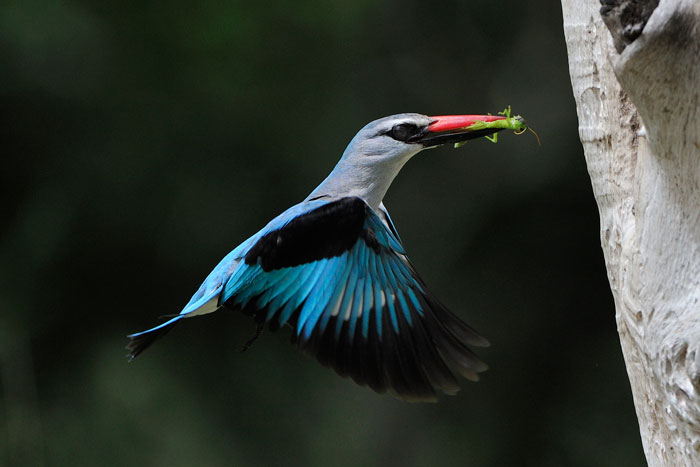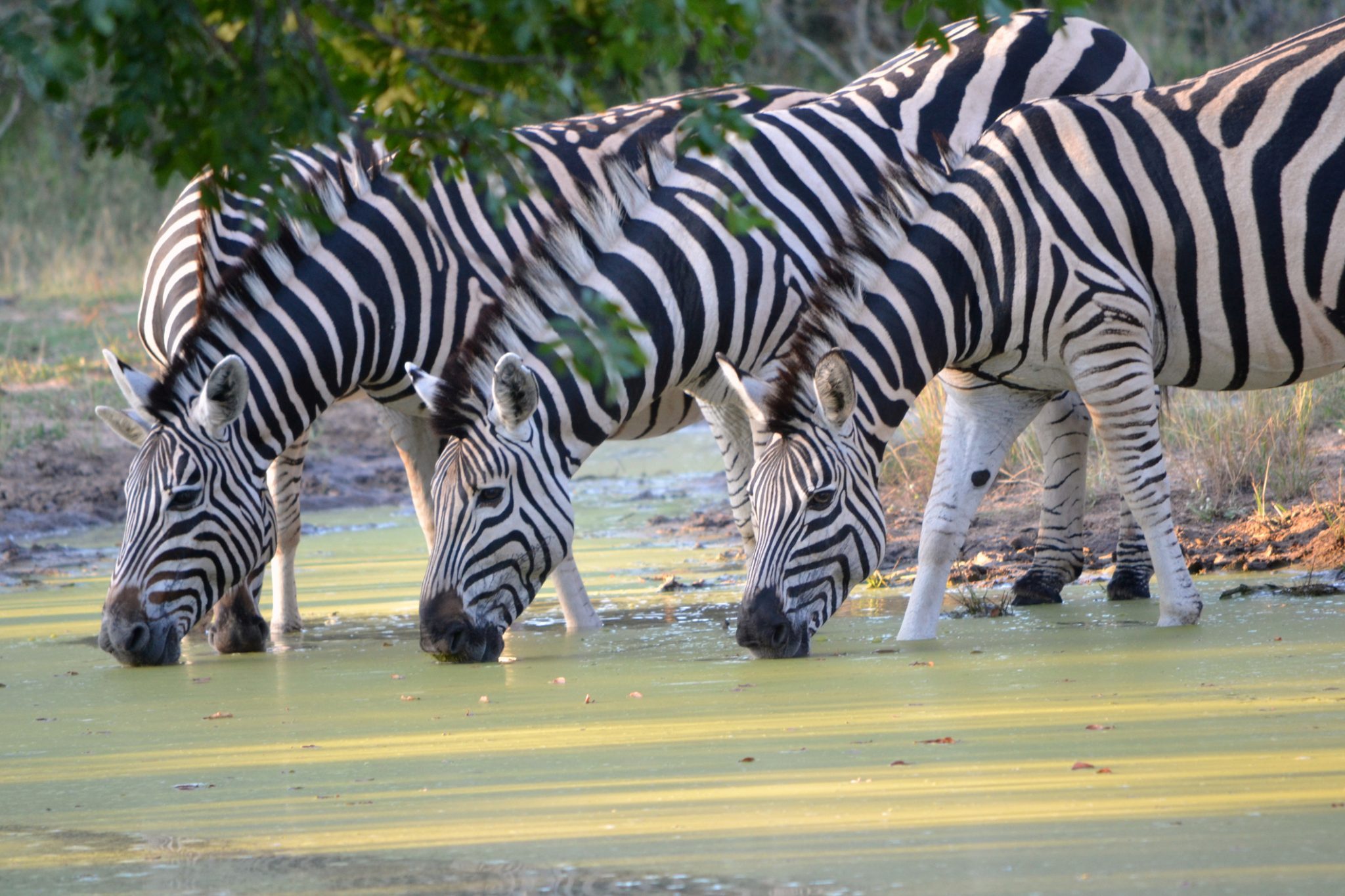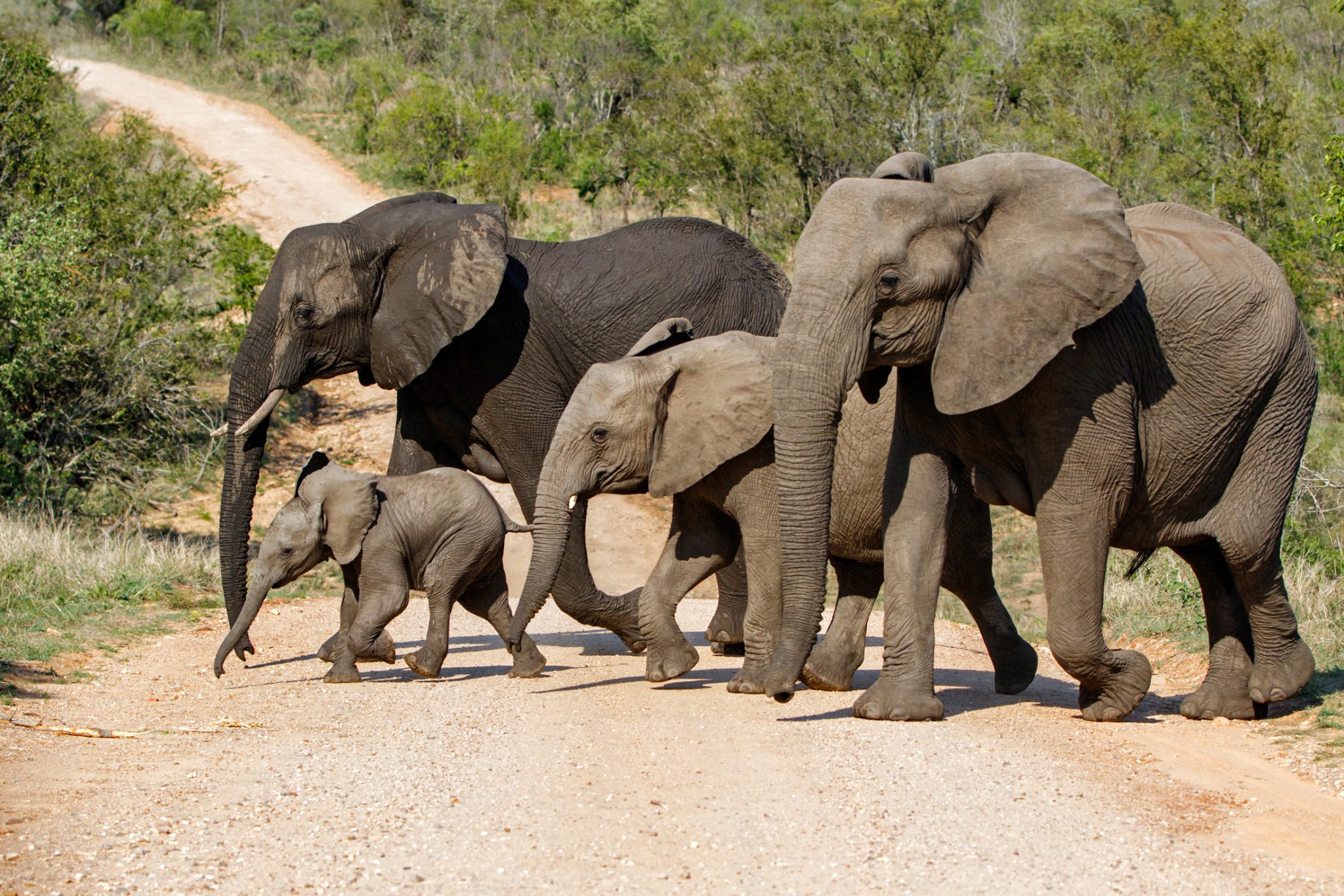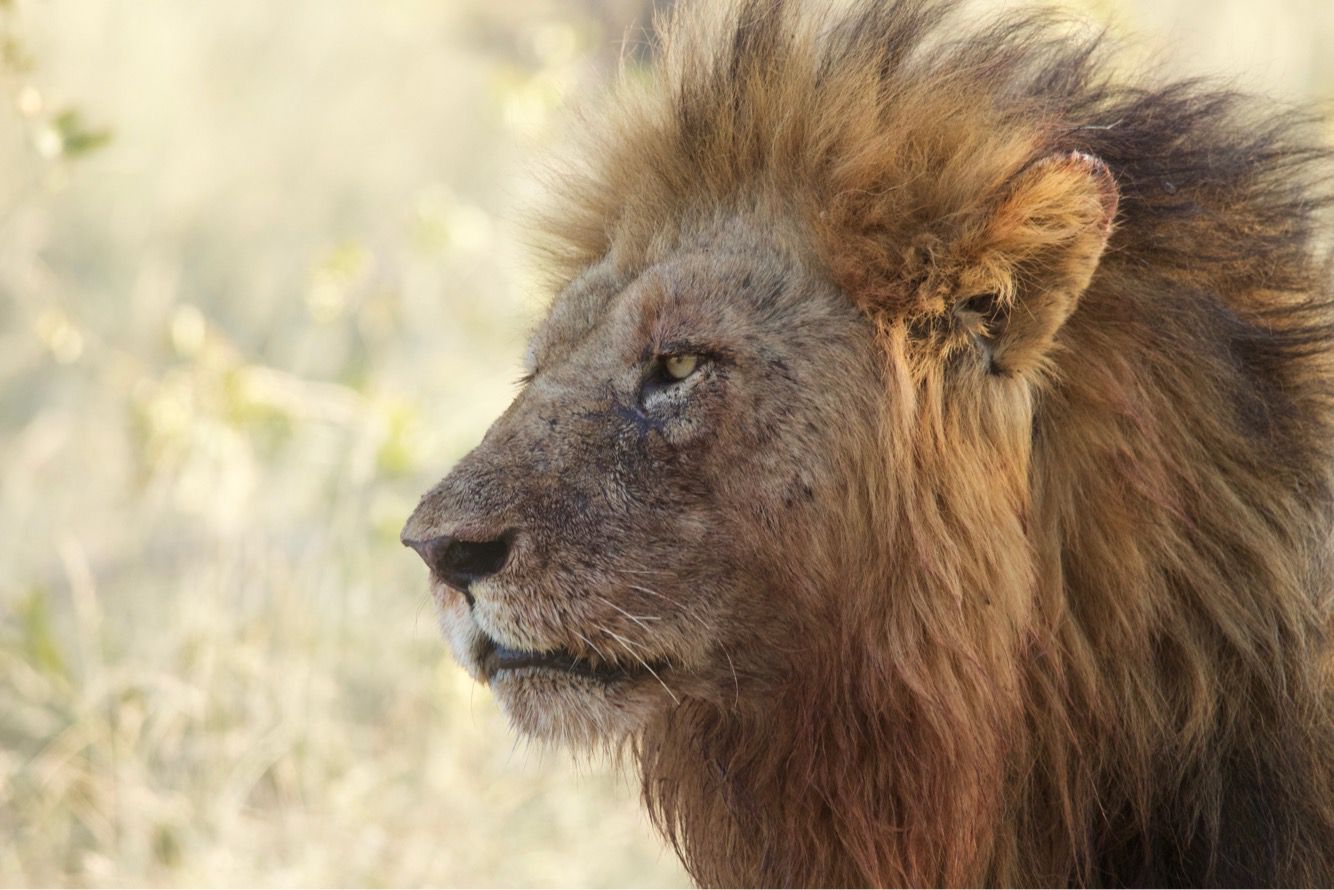Blog
WILDLIFE FACTS
WILDLIFE FACTS
Discover amazing wildlife facts with Mangovo Safaris! Learn about Africa’s iconic animals, their behaviors, habitats, and unique traits.
Posts List
Woodlands Kingfisher Facts
The Woodlands Kingfisher – The Sound of Summer Summer in the Kruger National Park is…
January 24, 2025 0The Majestic Elephant
Unveiling the Wonders of the World’s Largest Land Mammal Welcome to the first episode of…
November 24, 2023 0The Majestic Big 5:
Embark on an awe-inspiring journey through the heart of the wilderness as we unveil the…
December 26, 2018 0



